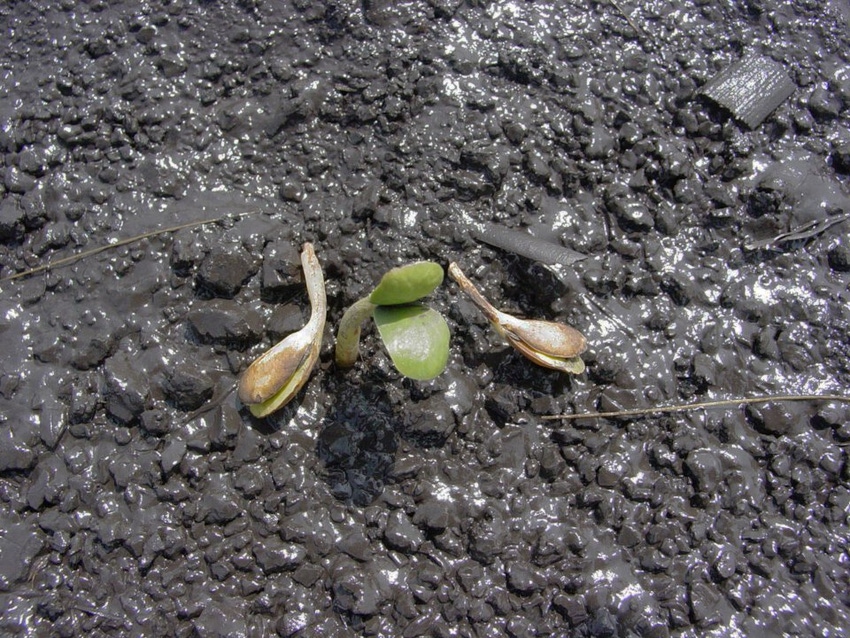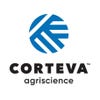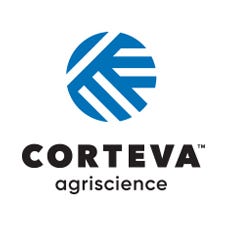November 29, 2021

Significant soybean disease pressure affected fields in many soybean-producing states this season. Diseases like root rot, stem rot and sudden death syndrome (SDS) can result in yield losses of 40% or more. While regular field scouting can help track early emergence of soybean diseases, the best defense is knowing what seed treatments and fungicides to use and when to plant and treat crops.
Preventing and controlling diseases remains critical to seasonal success. The trend of planting soybeans earlier in the spring creates the perfect environment for diseases like Pythium and Fusarium, which thrive in soil temperatures below 60°F. Cool, moist conditions early in the growing season also result in greater SDS pressure. High rainfall paired with low-lying, poorly drained or compacted field areas can foster disease development.
While diseases can attack soybeans at any time, the greatest impact comes early in the growing season, when seedlings are most vulnerable. Some plants show signs of disease early while others, like those impacted by SDS or Rhizoctonia, may not show signs until later in the growing season.
“The best way to avoid having sections of fields fall victim to soilborne diseases is to try and prevent the diseases in the first place,” said Nathan Wyss, Market Development Specialist for Corteva Agriscience. “Focus on seed treatment with fungicide. It’s not worth it to skimp on seed treatments to save costs. You’ll pay for it down the road with reduced yields.”
Preventing soilborne diseases requires a holistic approach — from seed and seed treatments to drainage and planting date.
Fungicide seed treatments offer broad protection, giving seedlings a strong start. Adding an insecticide to the treatment helps prevent insect feeding, which creates an entry point for disease. Selecting soybean varieties with SDS resistance is important to managing the disease. Improving field drainage and reducing compaction can also help limit disease pressure. Lastly, planting the most problematic fields last allows for warmer soil and decreases the chances of disease.
Source: Corteva Agriscience, which is solely responsible for the information provided and is wholly owned by the source. Informa Business Media and all its subsidiaries are not responsible for any of the content contained in this information asset.
About the Author(s)
You May Also Like






